Lymph fluid is a mostly clear fluid that flows through our lymphatic vessels and lymph nodes and is made up of but not limited to: water, proteins, cellular debris, vitamins, hormones, fatty acids (which turn the fluid a milky white), bacteria, and viruses. Lymph fluid exits the lymphatic system into the superior vena cave by way of the venous angles. Lymph fluids’ natural pathway is into the circulatory system at the heart. When someone receives Manual Lymphatic Drainage (MLD), this technique moves fluid from the tissues into the lymph vessels. This manual technique is a light touch, soothing, and should never cause pain. Once the fluid enters the lymphatic vessels, it is now called lymph fluid. The lymph fluid pathway goes through the lymph vessels, lymph nodes, and eventually empties into the heart. The filtered lymph fluid enters the heart, which is why you want a trained, certified lymphedema therapist follow your care plan to avoid complications. From the heart, fluid is carried to the kidneys. The kidneys regulate water content and filter blood. The fluid then goes to the bladder via ureters from the kidneys. Once the fluid is in the bladder, it empties out of the body via the urethra. While MLD is employed, you might notice an increase in urine, more urine coming out, a darker color urine, and a possible odor to your urine. This is due to more fluid being moved out, the stagnate fluid is now coming out, the proteins are now moving out. The urine should normalize after a few sessions. If you do not notice a change in urine with MLD it could be because of the medication you are taking ie diuretics, the amount of water you currently intake, your current activity level, your environmental temperature, the food you currently ingest or diet you follow, and of course your stress level. Manual lymphatic drainage does move lymph fluid and can increase your urine output. Make sure to talk with your certified lymphatic specialist prior to treatment and drink your water:)


